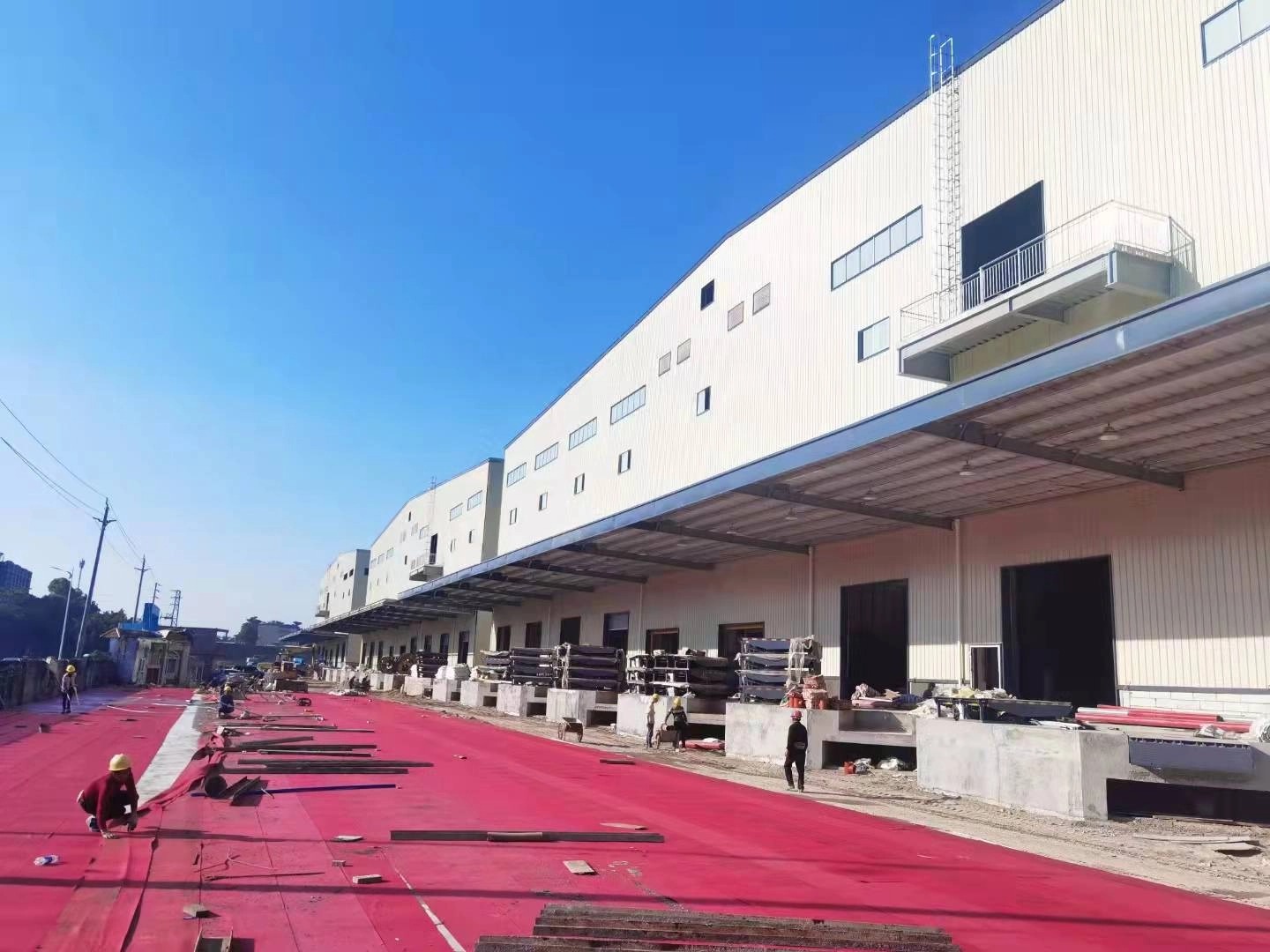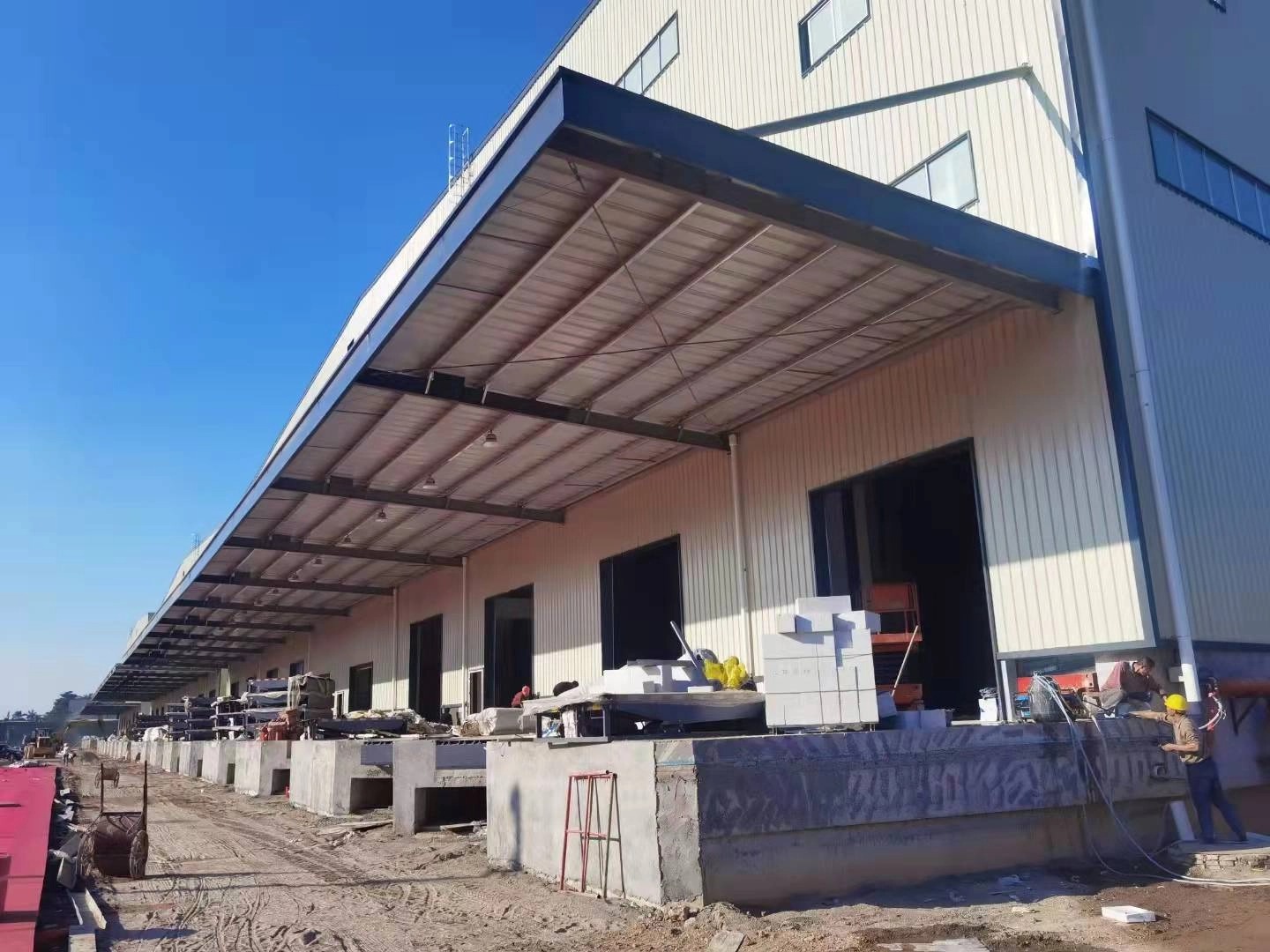Steel structures are the backbone of modern infrastructure. Whether you're planning a warehouse, industrial plant, sports stadium, or multi-story building, the method of steel structure design you choose significantly affects the outcome in terms of strength, cost-efficiency, and construction speed. In this comprehensive guide, we will explore different methods of steel structure design, their applications, pros and cons, and key factors to consider in each approach.
What Is Steel Structure Design and Why Does It Matter?
Steel structure design refers to the planning and engineering process by which steel components are arranged to form a load-bearing framework. This framework must withstand forces such as tension, compression, bending, and torsion while supporting various types of loading—static or dynamic. The precision and method of design are critical to ensuring structural safety, longevity, and functionality.
Design methods vary depending on the project's nature, local codes, and materials used. Steel is often chosen for its high strength-to-weight ratio, flexibility in fabrication, and ease of prefabrication and modular construction. Each design method reflects different engineering philosophies and performance objectives, making it essential for decision-makers to understand the distinctions before committing to a design strategy.

Common Methods of Steel Structure Design
There are three principal design philosophies used in structural engineering for steel buildings: Allowable Stress Design (ASD), Load and Resistance Factor Design (LRFD), and Limit State Design (LSD). Each method has a specific theoretical foundation, and different regions of the world favor one method over others due to historical, regulatory, or technical preferences.
Allowable Stress Design (ASD)
ASD is a traditional approach that has been used for decades. It is based on the principle that the stresses induced in structural members by loads should not exceed a certain allowable limit, typically a fraction of the material's yield stress.
Design Basis: Elastic behavior of steel is assumed.
Safety Margin: Built into the material strength.
Common Use Cases: Simple structures like storage sheds, low-rise warehouses, or where loads are predictable.
ASD is intuitive and easy to apply, making it suitable for engineers who prefer conservative design methods. However, it doesn't account as explicitly for uncertainty in load variations, which may be a drawback in complex or dynamic structures.
Load and Resistance Factor Design (LRFD)
LRFD, by contrast, incorporates statistical analysis of loads and material resistances. It uses load factors and resistance factors to ensure a consistent reliability level across varying conditions.
Design Basis: Probability and risk management.
Safety Margin: Applied to both load and resistance factors.
Common Use Cases: Bridges, high-rise commercial buildings, industrial complexes.
The LRFD method provides a more refined approach to safety and performance, especially in scenarios where load conditions vary significantly. It tends to result in more material-efficient structures compared to ASD, potentially reducing costs in large-scale projects.
Limit State Design (LSD)
Limit State Design, which is popular in European and international codes, ensures that structures meet both ultimate and serviceability limit states. It shares similarities with LRFD but includes explicit checks for usability, such as deflection limits and vibration control.
Design Basis: Structural behavior under limit conditions.
Ultimate Limit State (ULS): Focuses on strength and stability.
Serviceability Limit State (SLS): Addresses deformation, cracking, and vibration.
LSD strikes a balance between strength and functionality, making it ideal for architectural structures and projects where user comfort is paramount. It is widely used in combination with Eurocodes and international standards.
Comparative Table of Design Methods
Below is a detailed comparison of the main design approaches used in steel structures:
| Design Method | Design Philosophy | Safety Application | Efficiency | Common Usage |
| ASD | Elastic stress-based | Safety factors applied to stress | Conservative, less material-efficient | Small warehouses, low-rise buildings |
| LRFD | Probability and load-resistance factors | Load and resistance factors applied | Optimized material use, complex calculations | Large-scale commercial and industrial |
| LSD | Limit state control | Separate checks for strength and usability | Balanced, modern design approach | International projects, Eurocode standards |
Modular and Pre-engineered Steel Structure Design
Beyond theoretical design methods, practical applications in steel construction often involve modular and pre-engineered solutions. These systems are based on prefabricated steel components that are manufactured off-site and assembled on-site, offering time and cost advantages.
Modular Steel Structures
Modular steel structures are designed for quick assembly and flexibility. Each module is a self-contained steel frame that can be combined to create larger complexes.
Advantages: Fast deployment, scalability, ease of transport.
Applications: Temporary buildings, housing units, emergency shelters.
Modular designs often utilize standardized design procedures such as LRFD to ensure compatibility and safety. While design freedom is somewhat limited, the benefits in speed and repeatability are significant.
Pre-Engineered Building Systems (PEBs)
PEBs are factory-fabricated structures with standardized designs based on specific loading criteria. They are optimized using computer-aided design (CAD) software and tailored for minimal material usage.
Benefits: Reduced waste, lower labor costs, fast delivery.
Suitability: Warehouses, industrial sheds, and sports facilities.
PEBs often rely on hybrid design methods, combining aspects of ASD and LRFD. They also adhere to strict QA/QC measures, making them reliable for both permanent and semi-permanent applications.
Digital Tools and Software in Modern Steel Design
In the digital age, the steel structure design process is no longer confined to paper-based calculations. Engineers now leverage advanced modeling software, Building Information Modeling (BIM), and structural analysis programs to simulate real-world behavior and refine design iterations quickly.
Software Tools and Their Role
Some of the most commonly used software platforms include:
SAP2000 / ETABS: Structural analysis and dynamic load simulation.
Tekla Structures: 3D modeling and BIM integration for steel components.
STAAD.Pro: Comprehensive load calculation and code compliance checking.
These tools help engineers evaluate multiple scenarios, test different materials, and adapt to changes in design parameters instantly. More importantly, they reduce human error, ensure compliance with regional codes, and enhance collaboration between architects, engineers, and contractors.

Key Factors to Consider When Choosing a Design Method
Selecting the appropriate steel structure design method is more than just a technical choice—it's a strategic decision that affects the project's cost, timeline, compliance, and future maintenance. Below are essential considerations:
Load Conditions and Environmental Factors
Design must account for dead loads (structural weight), live loads (occupant and equipment weight), wind loads, snow loads, and seismic activity. In earthquake-prone regions, dynamic analysis and ductile detailing become critical.
Code Compliance and Regional Standards
Each country or region may prescribe specific codes. For example, the American Institute of Steel Construction (AISC) supports both ASD and LRFD, while Eurocode 3 emphasizes LSD. Ensuring alignment with these standards is necessary for legal approval and insurance purposes.
Cost and Efficiency
LRFD may provide more material savings, while ASD is easier and cheaper to design. In modular projects, pre-engineered solutions offer predictable budgeting, but require a different mindset during the design phase.
Aesthetic and Architectural Requirements
Some structures demand a high degree of architectural flexibility. In such cases, LSD offers a more adaptable framework to ensure both structural integrity and user comfort.
Frequently Asked Questions (FAQ)
Q1. What is the most commonly used design method for industrial steel buildings?
Answer: For industrial buildings, Load and Resistance Factor Design (LRFD) is commonly used due to its focus on load variability and efficiency. It allows better optimization of material use, especially for heavy-duty applications like warehouses and factories.
Q2. Can modular steel buildings be customized?
Answer: Yes, while modular steel buildings use standardized components, they can be customized in layout, size, and functionality. However, major design changes may reduce the speed and cost advantages associated with modular systems.
Q3. Are all steel structures earthquake-resistant?
Answer: Not necessarily. While steel has good ductility, the earthquake resistance of a steel structure depends on design specifics such as bracing systems, connection details, and local seismic requirements.
Q4. Is BIM necessary for all steel design projects?
Answer: BIM is not mandatory for all projects but is highly recommended for medium to large-scale construction. It enhances collaboration, reduces errors, and streamlines the construction timeline through accurate 3D modeling.
Conclusion
The steel structure design method you choose will influence every aspect of your project—from cost and compliance to functionality and future scalability. While ASD offers simplicity and conservatism, LRFD provides high performance through precision. Limit State Design merges usability and safety, reflecting modern international standards.
For specialized applications like modular steel buildings or pre-engineered systems, practical design considerations take precedence, and hybrid methods may be applied. Understanding these design philosophies, aided by digital tools, enables more informed, resilient, and cost-effective engineering decisions.






















